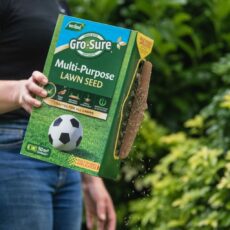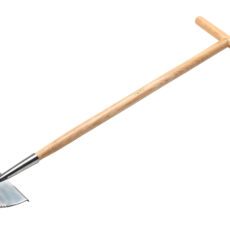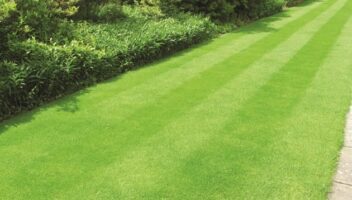Spring is the ideal season to give your lawn its first boost.
Watch our how to video for advice on how to get your lawn off to the best start, from tidying to the first mow, re-seeding bare patches, tackling moss and weeds, plus creating crisp, sharp edges.
View our collection of lawn care equipmentTips for Adding Compost to your Lawn in Spring
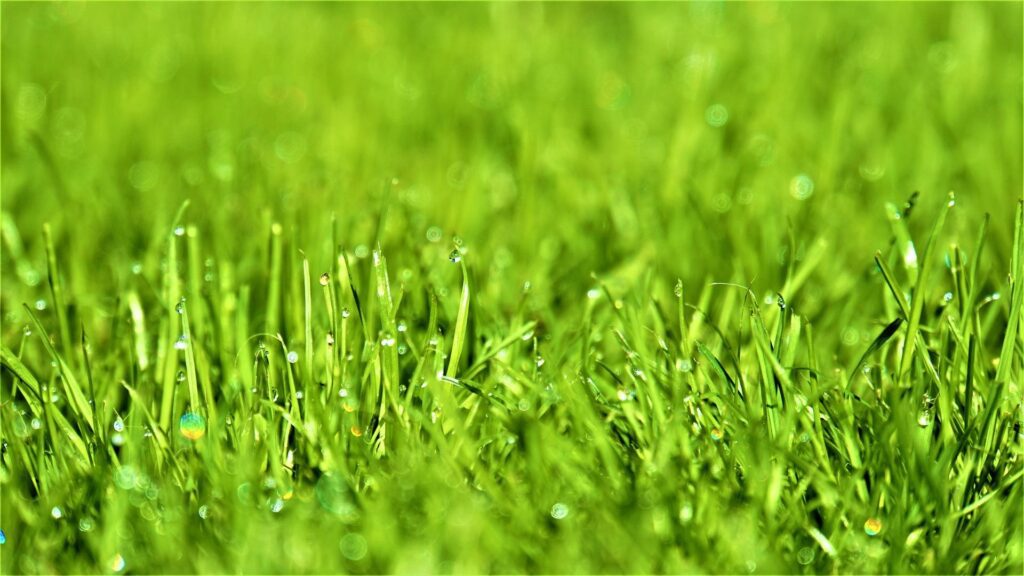
Compost is a useful addition to lawns due to its natural values. As a fertiliser within its own right, compost can benefit your lawn and ultimately help you achieve a lush and healthy space:
- Provides organic matter to your lawn.
- Encourages growth.
- Helps to retain water without becoming waterlogged.
- Offers increased airflow.
- Fantastic for microorganisms.
How Much Compost Should You Be Using?
Growing lawns: If you are just starting out in your lawn growing process, you can afford to be more generous with your compost. Approximately 4cm of compost can be applied to your soil.
Established lawns: If you have a fully established lawn, around 1cm of compost should be enough to show improvements. This is referred to as top-dressing. If you apply the compost too heavily at this stage, it can smother the grass and have a harmful impact.
Find a range of essential gardening accessories at Hillier.
Tips for Reseeding in Spring
How to Help Growing Lawns:
- Tidy up – dispose of any rubbish or debris and remove any weeds.
- Allow the soil to sit for around 14 days. Ensure that you continue to remove any weeds as they appear.
- Provide your soil with a pre-seed fertiliser.
- Read the seed packet prior to sowing to ensure that you have all necessary information and instructions.
- Delicately sow the seeds by hand.
- Rake over your seeds.
- Apply light pressure to ensure your seeds are firmly in (around 1cm below soil level).
How to Fix a Patchy Lawn in Spring:
- Tidy up – dispose of any rubbish or debris and remove any weeds.
- Use a scarifier to remove any moss.
- Provide your soil with a pre-seed fertiliser.
- Mow your lawn, leaving a height of around 0.25cm in length.
- Water your soil until moist.
- Scatter the seeds into the bare patches. Apply more in thin areas.
- Water your lawn.
- Continue to mow your grass as usual but give these patches care.
When to Seed Your Lawn in Spring
The best time to seed our lawn during the spring months is between March and May. The risk of frost is lessened and the soil is usually warmer. The ideal temperature for sowing seeds is around 6-8°C. A benefit of sowing seeds in spring in the moist air and rainy days.
Worried about frost? Prepare you garden ready.
Best Way to Fertilise Your Lawn in Spring
If you choose to fertilise your lawn, apply an even layer across the grass. Do this when the chances of rain are high and it cool conditions. If you have fertilised your lawn and the rain has not appeared, water your lawn lightly.
If you think your lawn may need another coating of fertiliser, you can add a second layer a couple of months later. Do not apply the fertiliser after the summer months as anything that grows after this time will be damaged by the colder weather and possible frosts.
Discover all of your spring lawn care needs at Hillier.
When to Start Mowing Your Lawn
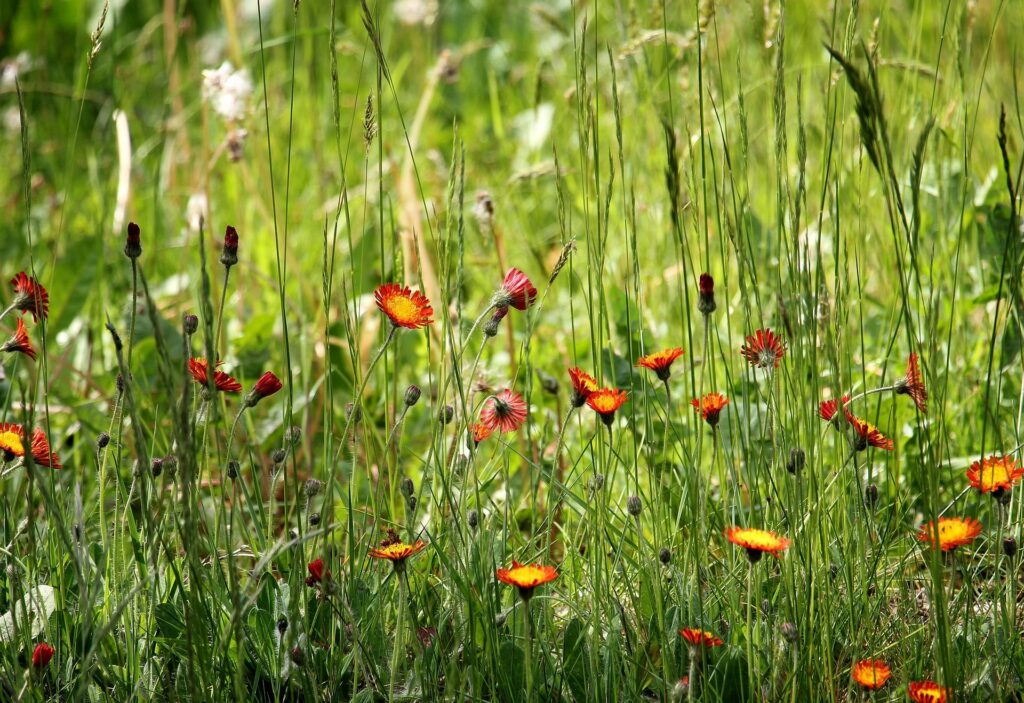
A good time to start mowing your lawn is around mid-March when the risk of frost has disappeared. However, as wildlife is such an important part of our eco-system, its recommended that you allow your lawn to remain longer for more of the year.
If you do decide to mow your lawn at the first available opportunity, consider leaving sections longer and messier to encourage the wildlife habitats. If you would rather not see just longer grass, why not add wildflowers for a bright burst of colour?
Animals when mowing your lawn
Please always check for any animals before you mow your lawn. You may discover that some have set up home in amongst your grass. Animals like hedgehogs are often found nestled in longer grass. If you do find that you’re lucky enough to have a friendly face curled up on your lawn, please do not try and move it and do not mow this section. It won’t be long before they wander off, leaving that patch for you to mow again!



